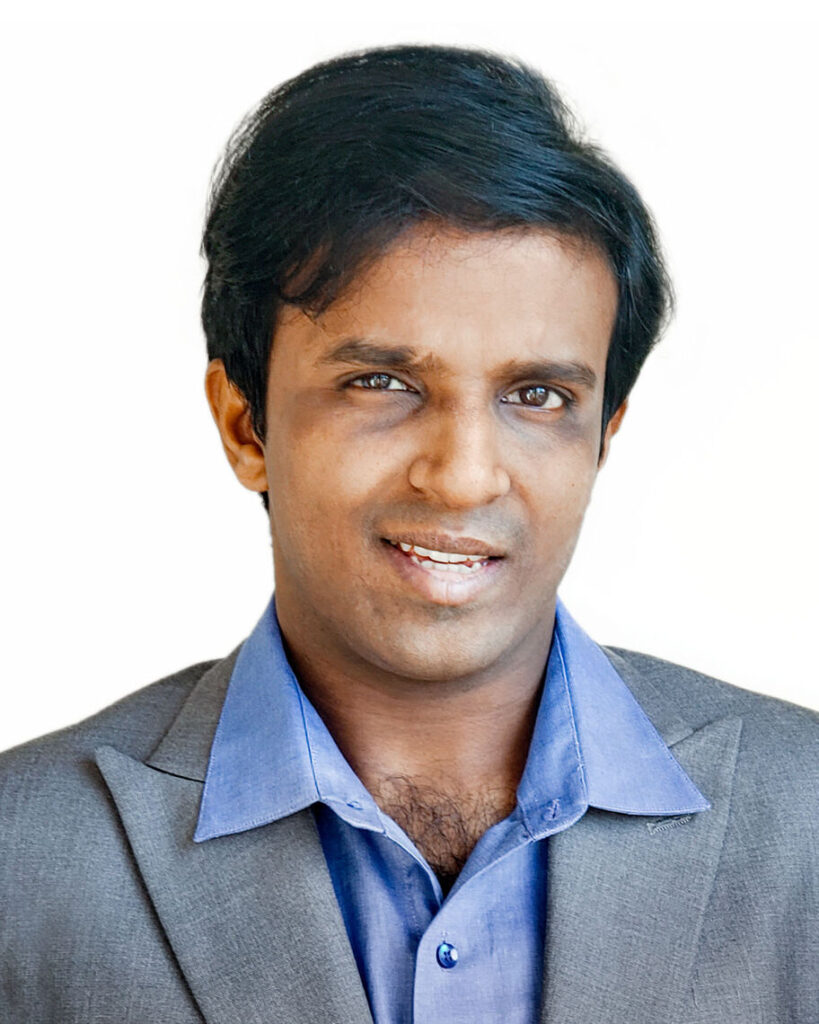- Fellow Highlights
LOOKING BACK AT THE FELLOWSHIP: PhD Student Hari Srinivasan
2022 Paul & Daisy Soros Fellow Hari Srinivasan is a PhD student at Vanderbilt University.
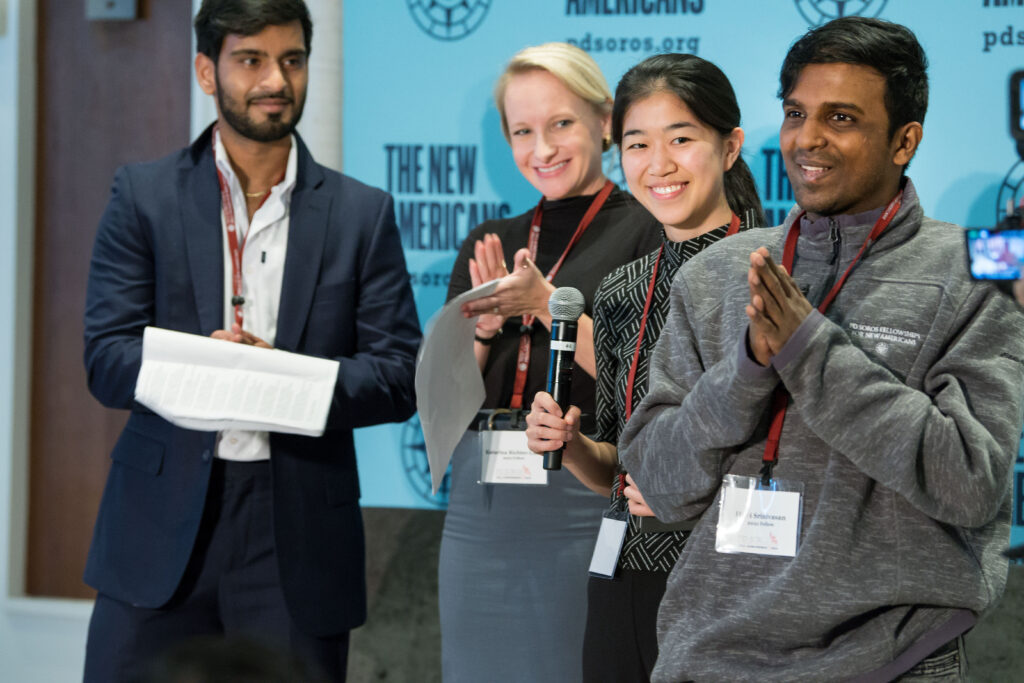
Hari Srinivasan was born in the San Francisco Bay area to parents from India. He was diagnosed with autism and ADHD at age three. After moving between various special-education schools, through the combination of alternative communication technology and by moving to a charter school, Hari was able to access mainstream education and more importantly college.
Hari attended UC Berkeley where he majored in psychology and minored in disability studies. He graduated Phi Beta Kappa and Psi Chi. Hari is passionate about research that will contribute to our knowledge and understanding of autism, given the ever-growing ranks of autistics in our society.
We caught up with Hari about what’s next and what the Fellowship has meant to him:
Where are you with your graduate program now? Whether you’re still in school or you’ve graduated, what’s the next step for you or what are the steps you’ve taken after graduating?
I’m heading into my PhD qualifying exams this summer, at the end of year two of my graduate studies program. This fall I will start pilot testing my research to fine tune the design before I go into testing with participants. I’m working with some cool tech and have an innovative design in an area that is very relevant for autism, so I’m looking forward to seeing it evolve even more. I recently won the NSF Graduate Research Fellowship, which feels very validating of my research idea and direction.
Can you tell us more about your graduate studies? What questions are you pursuing? What is the main focus of your studies?
I research sensory systems in autism. More specifically I’m looking at “peripersonal space” (PPS) which is the few inches just outside our skin and critical in how we navigate and interact with our environment. (Incidentally, PPS is a multisensory perceptual construct and not to be confused with social construct of ‘Personal Space’, which is the space between two people.) I’m looking at PPS with respect to sensory sensitivity (hypersensitivity) that is characteristic of autism and I will be making use of VR/AR as well as neuroimaging. A personal goal was to keep my research task simple with a view to including a wide profile of autism; historically autism research has tended to focus on a narrow band of ‘easily testable autistics’ and then applied those findings to all of autism. In the future, I hope to move my research insights into translatable tech based solutions.
There are so many paths beyond college; Why did you feel graduate school was the best next step for you personally and/or professionally? Was it hard to take the risk of going to school or something you always knew you wanted to do? What has it helped you figure out or accomplish?
Can the quest for knowledge ever end? On my neuroscience PhD journey, I not only get to engage in curiosity, learning and growing but also get the chance to contribute. Education for this ‘more-challenged-autistic’ has been hard won, so I am absolutely relishing the chance to be working towards a PhD. When you are seen as disabled, especially if you are seen as ‘more-disabled,’ you face innumerable barriers to accessing mainstream education, perpetuated not just by societal exclusion but often by the very people and systems meant to support us. Higher ed also means I get invited to sit at the table of autism/disability conversations. However, my goal is to not just sit at the table but to redefine the table itself.
I’ve come to realize that research plays a big role in the transformational change that is needed in the autism space, which lead me to research in the autism space. Though in my graduate school I get to research only a select area, I avidly follow autism research and try to collaborate across areas where I can. I’m also very active in disability advocacy, write extensively about autism, and work with numerous disability organizations. I am motivated by a vision where research integrates seamlessly with policy and technology to create fostering environments and translatable solutions for all of autism. Scholarship and advocacy are really two sides of the same coin for me, and that coin has many miles to go before it sleeps.
How do you describe The Paul & Daisy Soros Fellowships for New Americans program to others?
Keywords I would use to describe this Fellowship are community and vision. What I have found profoundly moving was that I was surrounded by a cohort who all shared a vision of transformation; albeit in our own ways and areas. It got me thinking that surely such mindsets will be paradigm-shifting.
Why did you apply to The Paul & Daisy Soros Fellowships for New Americans? What ended up being the most important part of the Fellowship?
My Haas Scholars counselor, Leah Carroll, at UC Berkeley urged me to work with the Prestigious Fellowships Office, which led me to apply for this Fellowship. In retrospect, what stood out the most during the process was the interview, though at that time, it was the most nerve-racking. It was so unlike anything I had ever done before, so novel an interview that it got a mention in a Forbes article.
Do you have any favorite memories from the past two years as a Paul & Daisy Soros Fellow?
Yes, indeed. I have many many favorite memories. Here just a few of them.
Meeting and interacting with the elegant and stately Daisy Soros was an experience in itself, not to be forgotten. I remember the first time she made a Zoom call to announce that I’d been selected. The only thing I could get out was the word wow, wow for a quite a while.
And, who would imagine meeting a PD Soros Fellow in Chennai, India of all places? I had an unexpected visit from Sai, at my (now late) grandma’s place in Chennai last December. We had lunch there and we went shopping for a Tanpura at a local music store. So kind of very unexpected in both the visit and the shopping item.
I loved the Karaoke night at the last Fall Conference where I was able to belt out a Beatles number and ‘feel the beat with the tambourine’ (in my hand) with the ABBA number. I beat the expectation of autistics not surviving the loud crowded karaoke environment.
The visit to the immersive art exhibits at the top of ‘Summit One Vanderbilt’ building in Manhattan, was part inspiration for my current research design. Quite the coincidence that I’m a grad student at Vanderbilt. I couldn’t pass up the photo-op of me wearing my Vanderbilt (University) cap next to the Vanderbilt building signage!
I have got to experience so many novel things as a PD Soros Fellow. ∎
Keep Exploring
-
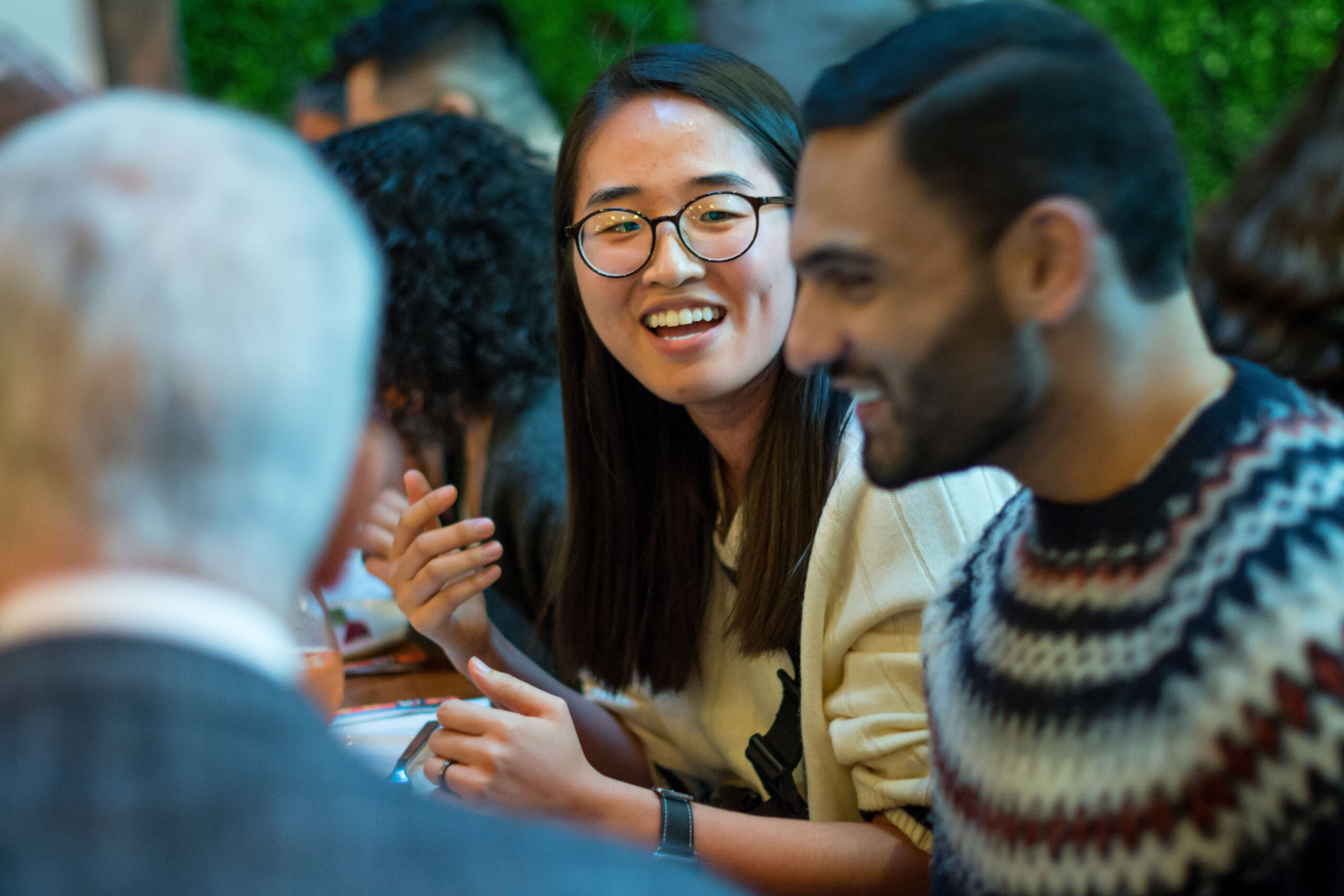 Read more: Kathy Ku Steps into Leadership as PDSFA Chair
Read more: Kathy Ku Steps into Leadership as PDSFA Chair- Board of Directors
- Fellowship News
Kathy Ku Steps into Leadership as PDSFA Chair
-
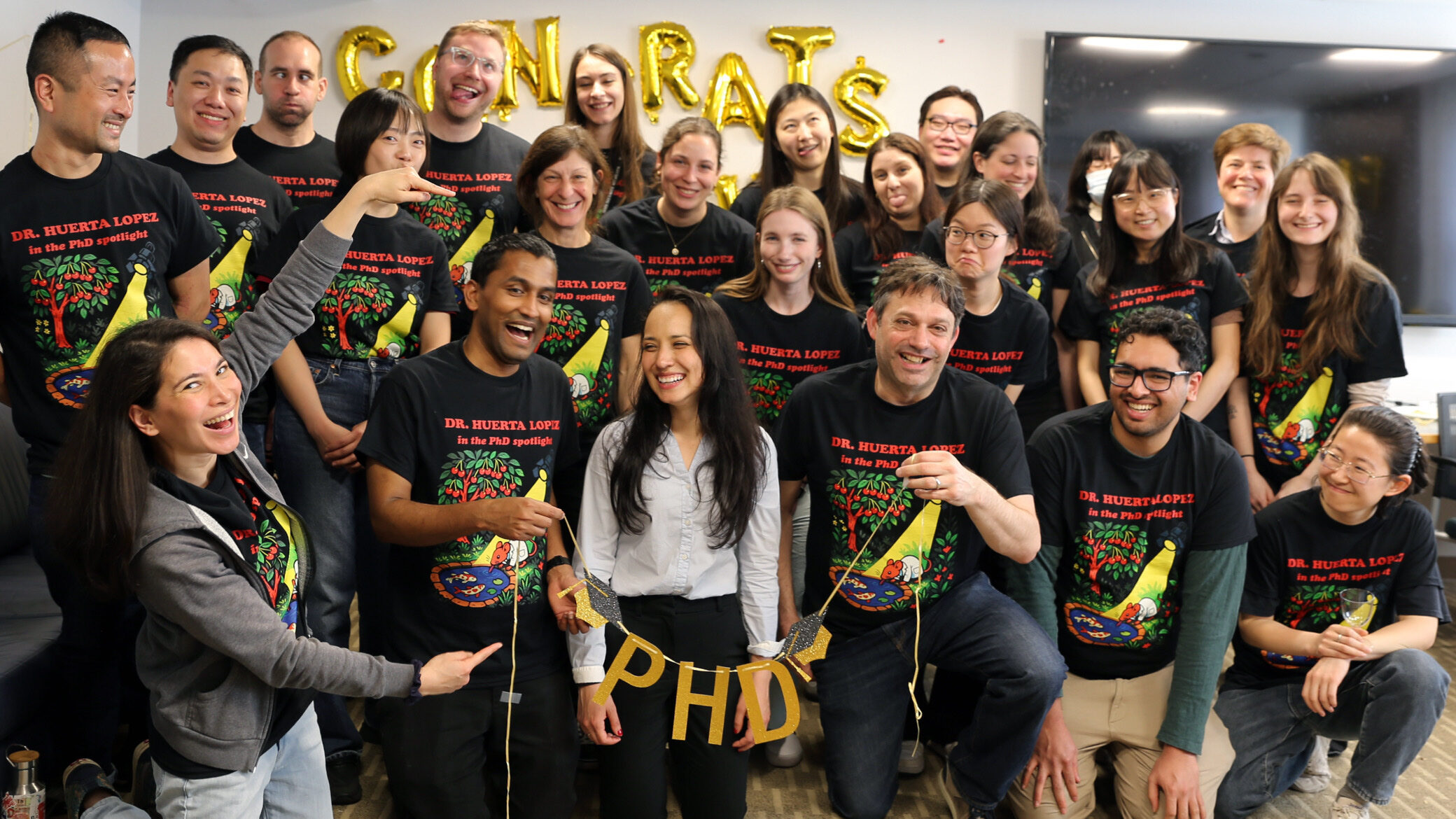 Read more: Q&A with MD/PhD Student Silvia Huerta Lopez
Read more: Q&A with MD/PhD Student Silvia Huerta LopezQ&A with MD/PhD Student Silvia Huerta Lopez
-
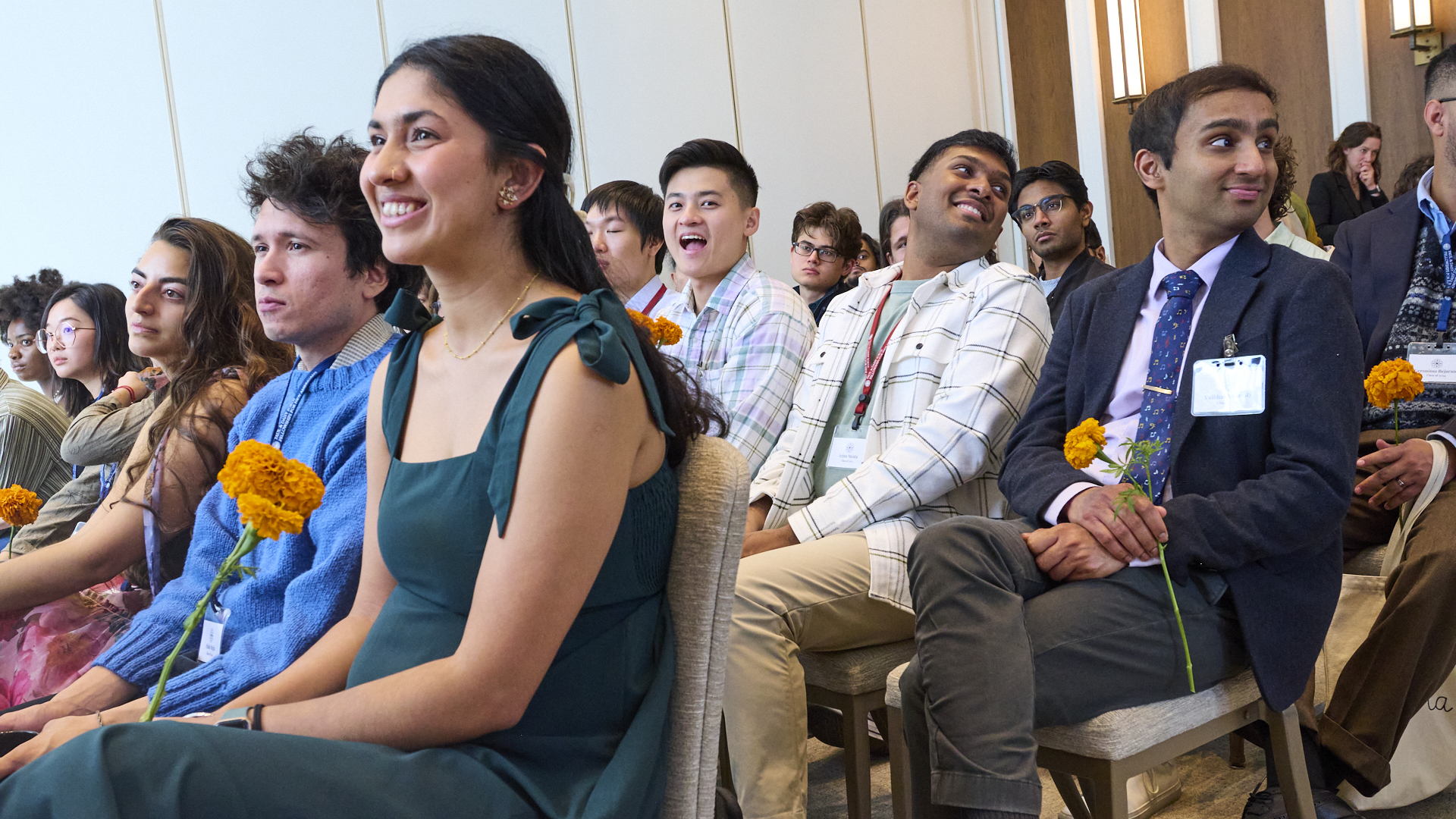 Read more: PD Soros Eligibility Guide for PhD Applicants
Read more: PD Soros Eligibility Guide for PhD Applicants- Applicant Information
PD Soros Eligibility Guide for PhD Applicants
-
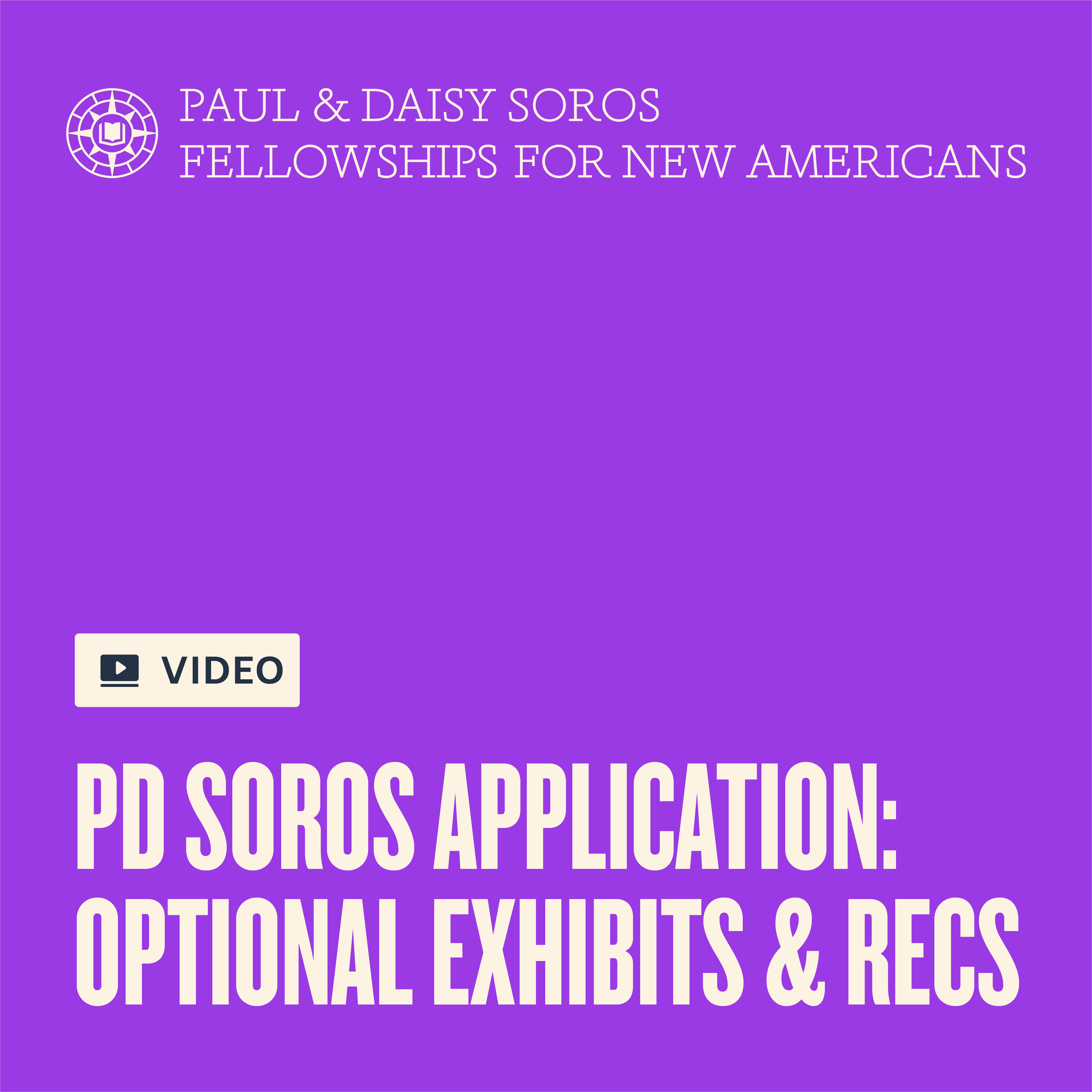 Read more: Watch: Optional Exhibits & Recommendations
Read more: Watch: Optional Exhibits & Recommendations- 2025 Information Sessions
Watch: Optional Exhibits & Recommendations
